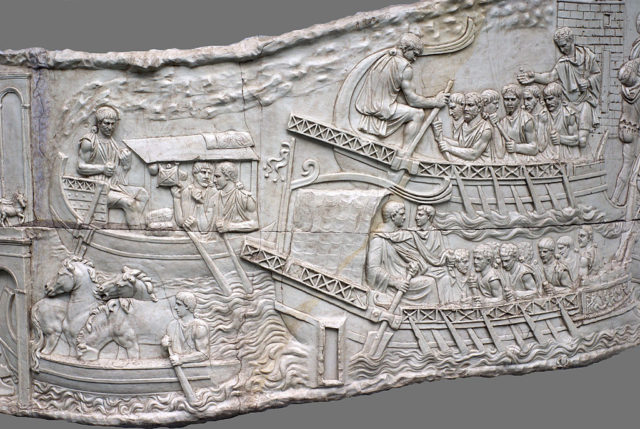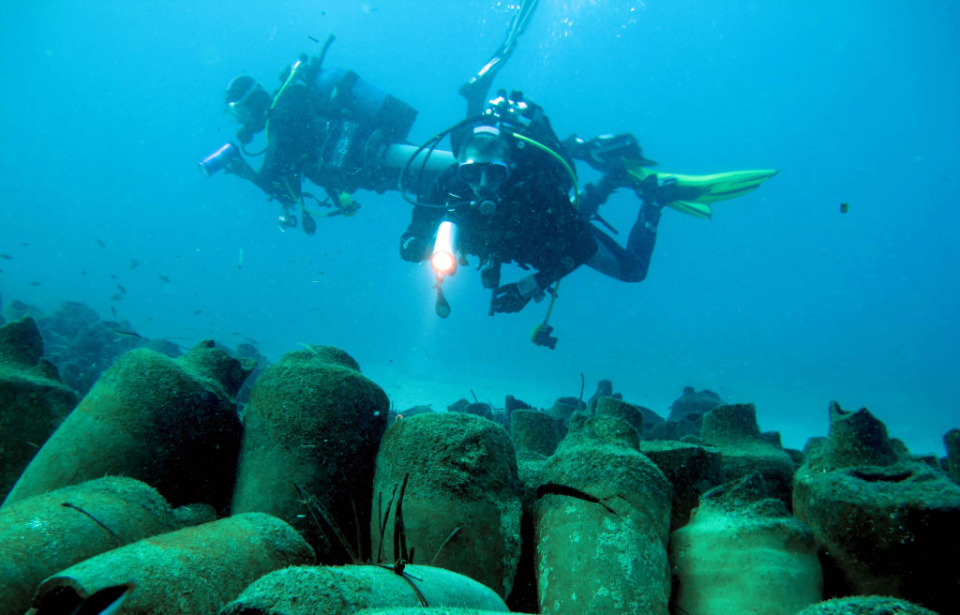Shipwrecks are certainly not an uncommon find for archaeologists or other underwater researchers, given that humans have been using boats for at least 8,000 years. However, these underwater discoveries are more commonly from later periods – the last thousand years or so. This is what makes the discovery of an ancient Roman vessel in Croatia so much more impressive.
Roman ships
History often puts a focus on the imposing nature of the Roman legions, however, their naval force was equally as extensive and effective. In fact, the navy was one of the main reasons the Romans were able to successfully take control of the Mediterranean.

Although the Roman Empire had an impressive navy, they rarely built their own vessels. Instead, they relied on the work of others to make them. It wasn’t until they were pitted against Carthage during the First Punic War that the Romans began to improve their navy, knowing that they needed to be prepared should they ever face a seafaring nation again.
The warships that were used were long, with pointed bows to cut through the water. They had a large sail, or multiple sails, and relied on oarsman for maneuvering and speed. The navy was used right up until the fall of Rome, and the ships that remained were merged into the Byzantine fleet.
A Roman port
It was one of these ships that a group of underwater archaeologists discovered while working in the Zadar River in Croatia. In 1973, an ancient port called Barbir was discovered by researchers and the area was heavily documented, but only from the surface. There was still much to be found underwater. It wasn’t until 2017 that a further investigation was conducted at the port, along with research on a nearby Roman villa.

While the Roman remains above the water line had been damaged due to construction in the area, the head of the research project, Mladen Pešić, said that the underwater site was remarkably well preserved. They had suspected for years that there were going to be many things located there, a hypothesis that was proved accurate as the researchers uncovered more.
Back to the first century
Discovered at the port were numerous artifacts of interest, including bronze coins from the reign of Constantine II hidden underneath the sand. What really piqued the investigators’ interest, however, was a board with a metal nail. A seemingly innocent find, this was actually something researchers determined would have been used for shipbuilding during the Roman era. After this find, researchers became hopeful that they might discover a ship as well.
More from us: A ‘Ghost Ship’ Resurfaced After Being Lost at Sea for 9 Years
It took them nearly six years, but they eventually found a Roman vessel that they dated back to the first century. It had been impressively preserved underneath the sand for roughly two thousand years, apart from a few areas which fell victim to the work of shipworms. So far, researchers have revealed a part of the ship measuring about three meters by nine meters. They’ll continue their efforts to uncover the rest of this well-preserved ancient relic.
